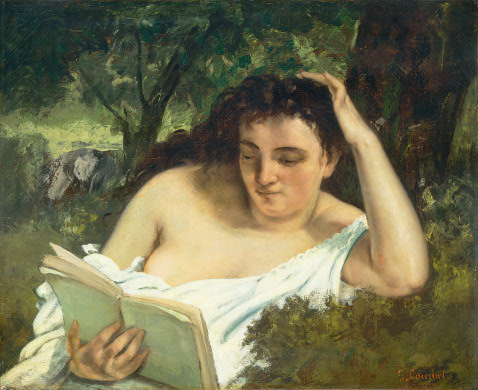As Vygotsky probed deeper into the inner processes of thought and language, he reached motive. “Thought is not begotten by thought,” he wrote. “It is engendered by motivation, … by our desires and needs, our interests and emotions. Behind every thought there is an affective-volitional tendency” (252). Vygotsky posited motive on the deepest, most inward plane in his model. Beginning with motive, moving out from it, the model looks like this:
Motive
Thought
Inner speech
Word-meanings
External speech
To understand another’s words, Vygotsky argued, it is not enough to understand his or her thought; we must also understand the motive behind the thought. “No psychological analysis of an utterance is complete until that plane is reached” (253).
In the final pages of Thought and Language, Vygotsky turned increasingly to examples from Russian literature to illustrate the abstractions in his theoretical model. He recreated a courtship dialogue between Levin and Kitty in Tolstoy’s Anna Karenina to show how interlocutors who know one another can use condensed external speech that approaches the abbreviation of inner speech (237-8). He quoted Dostoevsky — when a thought miscarries it “will not enter words” — for an example of the commonplace literary lament decrying the difficulty of expressing thoughts in words (249). To suggest how we continually cut new pathways from thought to words, Vygotsky cited the futurist poet Velemir Khlebnikov, who compared the writing of his experimental poems to building roads across the mountains to connect once isolated valleys (251).
As Stalin tightened his grip on Soviet intellectual life in the 1930s, what was permitted in literary citations changed on a daily basis. Vygotsky was relatively safe to cite Tolstoy and Dostoevsky. Their writings held official favor to the extent they criticized life’s prevailing order in Czarist times, but even the nineteenth-century masters could run afoul of the censors. A complete scholarly edition of Dostoevsky’s works, for example, could not be published in Stalin’s lifetime (N. Mandelstam, Hope Abandoned 146). Citing contemporary writers became even more dubious. Khlebnikov was recognized as an iconoclastic leader in the Futurist movement in Russian poetry and was associated with poets Sergei Yesenin and Vladimir Mayakovsky. Darlings of the Revolution in its early years, a time known as the Great Experiment, Yesenin and Mayakovsky eventually committed suicide as Stalin consolidated power. Khlebnikov barely outlived the Revolution. Psychologically fragile, abstractly withdrawn from the grimness of Soviet life, Khlebnikov was expelled from Moscow as a vagrant in 1922. He died in the provinces not long thereafter, homeless and malnourished (Hope Abandoned 89-97).
As Vygotsky elaborated the concept of motive, the literary citations skated on politically thin ice. “Every sentence that we say in real life has some kind of subtext, a thought hidden behind it,” Vygotsky asserted (250). He described how the director Konstantin Stanislavsky worked out the problem of subtexts with actors in the Moscow Art Theater. Stanislavsky was a safe citation then, but those that followed were anathema to Stalin’s regime — Nikolai Gumilev and Osip Mandelstam. From Gumilev’s poem “Word” Vygotsky quoted: “like bees in a deserted hive/The dead words have a rotten smell” (255). Then he evoked another image from “The Swallow”: “thought that fails to realize itself in words,” Vygotsky said, “remains a ‘Stygian shadow’” (255).
 Russian readers (and Stalin’s censors) surely would have noted the coupling of these poets in Vygotsky’s text. Their association was no accident. Together with Anna Akhmatova, Gumilev (left) and Mandelstam were known as proponents of Acmeism, a short-lived literary movement suppressed after the Revolution. Mandelstam defined Acmeism as “nostalgia for world culture” (qtd. in N. Mandelstam, Hope Against Hope 246). It was an eclectic humanism regarded as bourgeois and old-fashioned by ideologues of the new Soviet era. Gumilev was shot for “counter-revolutionary activities” in 1921, presumably at Lenin’s orders. His execution foreshadowed the brutal purges to come. Akhmatova, who had been married to Gumilev before the Revolution, was castigated famously as “half nun, half harlot” (Reeder 154). As the Great Experiment faltered in the 1920s, neither Akhmatova nor Mandelstam were permitted to publish new poetry.
Russian readers (and Stalin’s censors) surely would have noted the coupling of these poets in Vygotsky’s text. Their association was no accident. Together with Anna Akhmatova, Gumilev (left) and Mandelstam were known as proponents of Acmeism, a short-lived literary movement suppressed after the Revolution. Mandelstam defined Acmeism as “nostalgia for world culture” (qtd. in N. Mandelstam, Hope Against Hope 246). It was an eclectic humanism regarded as bourgeois and old-fashioned by ideologues of the new Soviet era. Gumilev was shot for “counter-revolutionary activities” in 1921, presumably at Lenin’s orders. His execution foreshadowed the brutal purges to come. Akhmatova, who had been married to Gumilev before the Revolution, was castigated famously as “half nun, half harlot” (Reeder 154). As the Great Experiment faltered in the 1920s, neither Akhmatova nor Mandelstam were permitted to publish new poetry.
By including the words of proscribed writers in his text, Vygotsky employed a literary device known in Russian as tainopis or “secret writing.” More than an allusion, tainopis is an oblique but conscious citation of a writer who cannot be named directly for political reasons. Akhmatova biographer Roberta Reeder described the device as “enforced subtlety” (158). Mandelstam signaled its necessity in The Noise of Time when he hinted at an “interlinear translation” of the 1905 revolution (103). Akhmatova used tainopis extensively in poems written after 1925, including her epic “Poem without a Hero.” In a critical essay written in the 1930s, itself a kind of secret writing, Akhmatova described how Pushkin used tainopis in the nineteenth century (Reeder 226). The long tradition of speaking obliquely about injustice and oppression may be as old as the Russian language itself.
Just who was responsible for enforcing the subtlety of secret writing? This stubborn enigma lurks beneath the surface of many written texts from the Soviet era. As with the better-known problem of identifying the author of Marxism and the Philosophy of Language — was it V. N. Volosinov, whose name was printed on the book’s 1928 title page, or Mikhail Bakhtin, who continued to deny its authorship on his deathbed fifty years later? — it is difficult to know whether the furtive presence of Gumilev and Mandelstam in Thought and Language represents state censorship or self-censorship. Their quotations are not included in the book’s 1962 English translation, although the Mandelstam epigraph is retained. The editor-translators of the 1962 edition noted, if faintly, that their “straightforward exposition” of Vygotsky’s complex text could be viewed as an abridgement (Hanfmann and Vakar xii). They may be responsible for omitting Gumilev and Mandelstam, but it is more likely that the omission began in the book’s 1956 Russian edition. Gumilev and Mandelstam remained on the Soviet blacklist at the time. Working with the first Russian edition published in 1934, Kozulin restored the quotations to his unabridged 1986 translation. It is unclear whether the poets’ names appear there as Vygotsky’s or Kozulin’s glosses.
Read the complete essay: A Word is the Search for It
![gustave_caillebotte_paris_street_rainy_day Gustave Caillebotte. Paris Street, Rainy Day (La Place de l’Europe, temps de pluie). 1877. Oil on canvas. Art Institute of Chicago. [Source: Wikimedia Commons]](../../../../wp-content/uploads/2009/02/gustave_caillebotte_paris_street_rainy_day_1877_wiki.jpg)
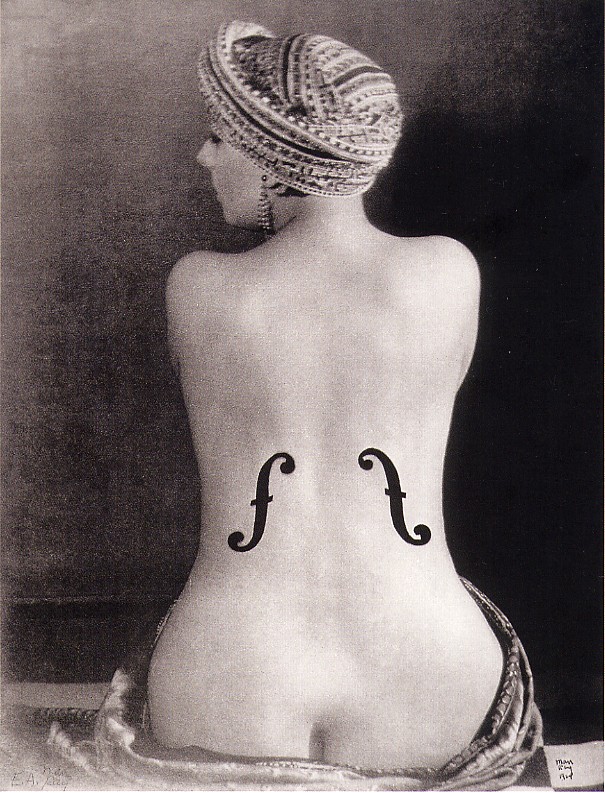 The legendary Kiki of Montparnasse posed for Man Ray’s
The legendary Kiki of Montparnasse posed for Man Ray’s 
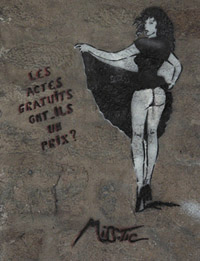
![Fog at Isle Royale [Source: wildmengoneborneo.com] Fog at Isle Royale [Source: wildmengoneborneo.com]](../../../../wp-content/uploads/2008/04/isle_royale_fog.jpg)
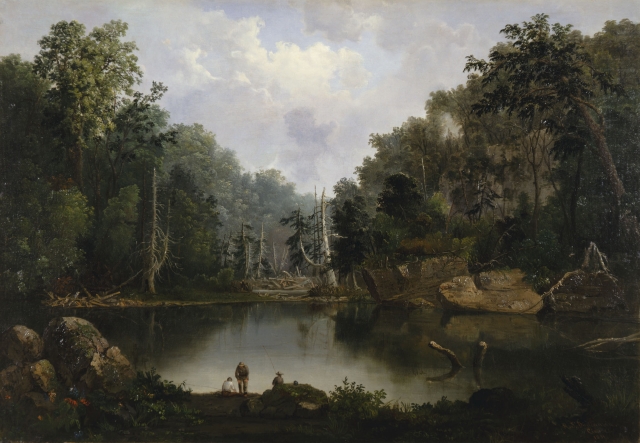
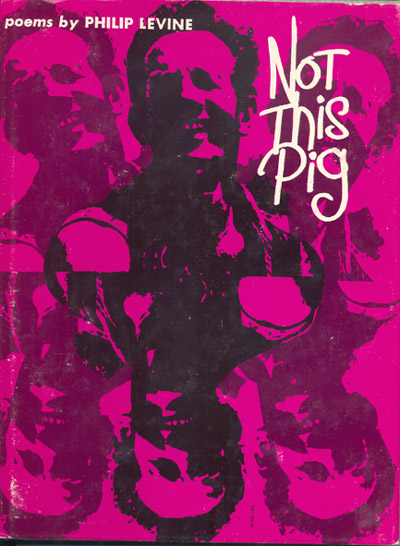 If there is an emerging genetic underclass, I could run for class president or class clown. Read more in
If there is an emerging genetic underclass, I could run for class president or class clown. Read more in 
